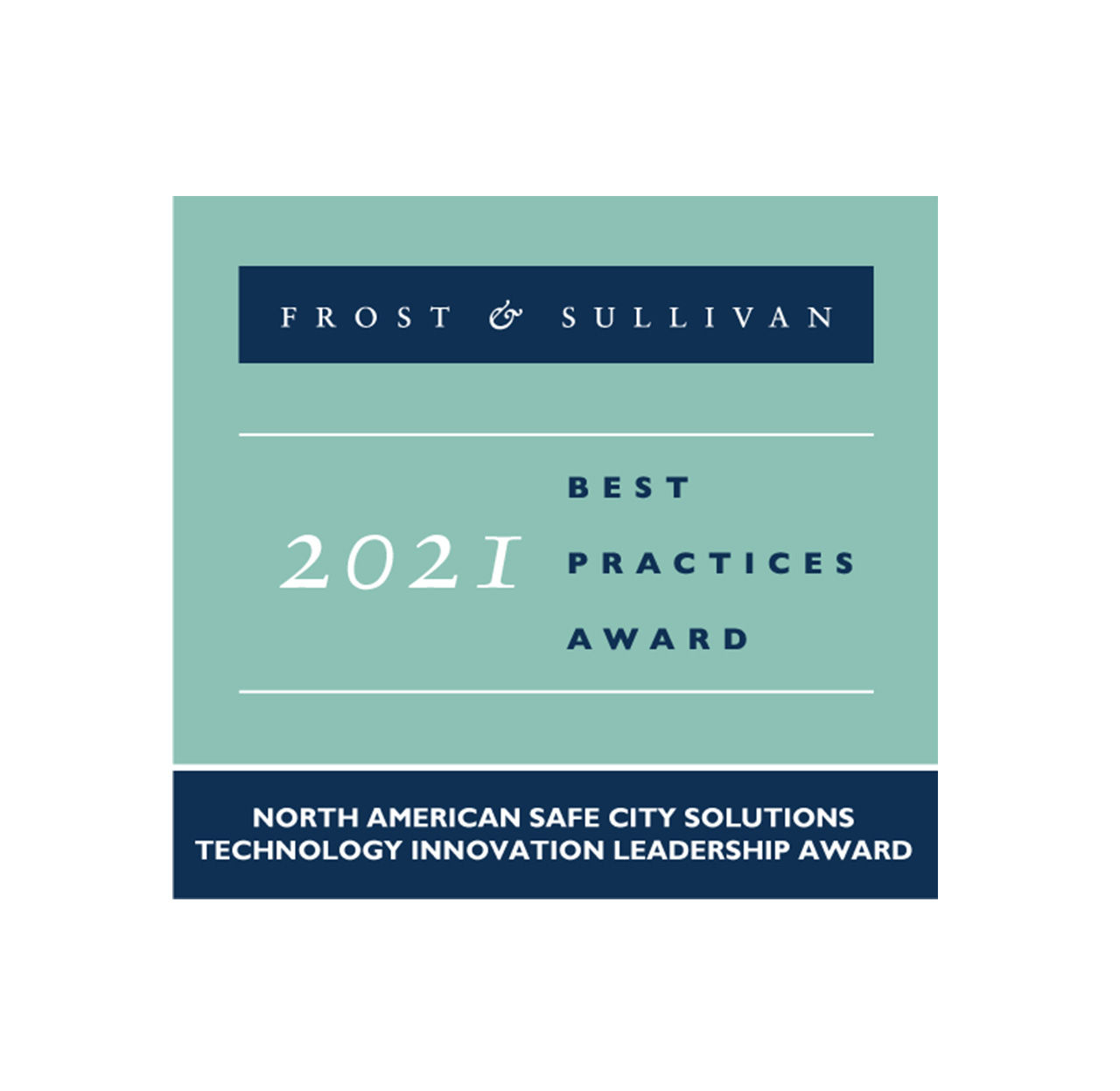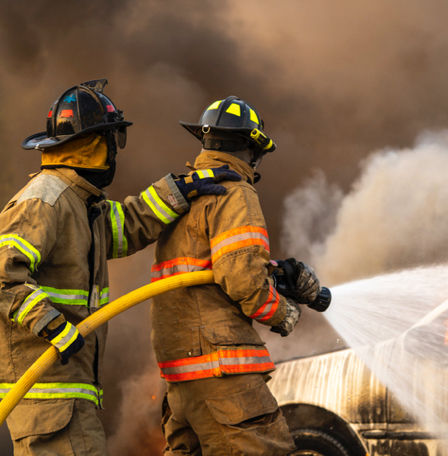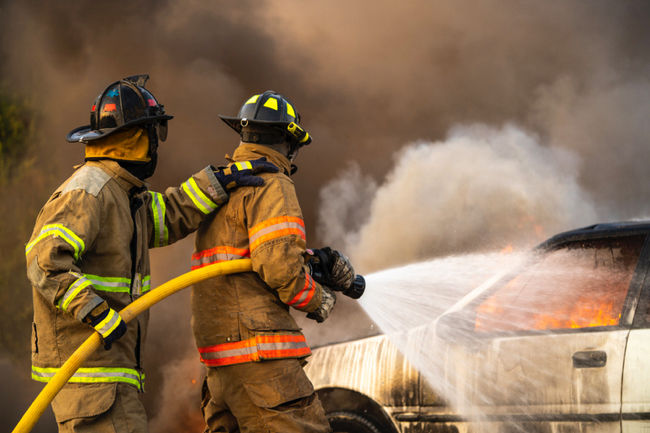Critical Event Management with BlackBerry AtHoc
Critical Event Management For Government
- Real-time Visibility
- Mass Notification
- Your Crisis Network
- Situational Awareness
- Enterprise & IT Collaboration
- End to End Event Management

Send Secure Mass Notifications

Your Crisis Communication Network

Access Incident Data Direct from the Field

Leverage Your Existing Systems and Workflows

Prepare, Manage, and Remediate Incidents

Critical Event Management For Government
-
Get Real-Time Visibility into Your Personnel’s Safety
AtHoc® Account streamlines the process of confirming the safety of everyone in your institution or organization, removing ambiguity during moments of crisis. Pre-set safety protocols and automated updates from your personnel’s devices gets you crucial real-time information—so you can respond quickly. -
Send Secure Mass Notifications
AtHoc® Alert lets you quickly and securely notify personnel, partner organizations and the public of a critical event via multiple channels. Track responses in real time to ensure your message is getting through. -
Your Crisis Communication Network
Securely coordinate your emergency response with multiple public and private organizations while overseeing who’s receiving your alerts with AtHoc® Connect. -
Access Incident Data Direct from the Field
AtHoc® Collect enables your team members to securely send geo-tagged media from their devices so you can gather, manage and direct incident data—and respond intelligently. -
Leverage Your Existing Systems and Workflows
BlackBerry AtHoc integrates seamlessly and securely with your existing systems—including Microsoft Teams®, Workday® and ServiceNow®—so you can communicate and collaborate within existing workflows to reduce response times and increase message-read rates. -
Prepare, Manage, and Remediate Incidents
AtHoc® Situation Response helps you prepare for impactful events by defining step-by-step incident plans with assignees and review cycles. When an incident occurs, you can execute an existing plan or create a new one, collaborating in real time via the Web or BlackBerry AtHoc app.

We Are Leaders in Public Safety Innovation
Frost & Sullivan Awards BlackBerry the 2021 Technology Innovation Leadership Award for Safe Cities
We are proud to be recognized by research firm Frost & Sullivan for our best-in-class critical event management solution. BlackBerry AtHoc is recognized as the most secure critical event management solution on the market, and for its superior communication and collaboration capabilities, ability to integrate with any endpoint and excellence in providing situational awareness and actionable intelligence.
“BlackBerry equips its solutions with advanced security and communications capabilities to enhance its technology’s ability to detect anomalies and alert operators, enabling them to prevent or remediate incidents quickly."
Tara Semon, Best Practices Research Team Leader
Every Second Counts. Stay Synced with Public Safety
The BlackBerry AtHoc platform connects employees, the public and essential services—so you can deliver critical information quickly and reliably. Send official notifications from wherever you are to reach everyone within a specified area. Members of the community can also sign up for enhanced notifications about potential events that may impact them.
BlackBerry AtHoc is integrated with FEMA’s Integrated Public Alert & Warning System (IPAWS) and Canada’s National Public Alerting System (NAAD).
A long-trusted, secure vendor to local, state and national governments worldwide, BlackBerry AtHoc is a FedRAMP-authorized vendor and the first mass notification and public safety communication solution on the StateRAMP-Authorized Products list.
BlackBerry Is a Trusted Critical Event Management Partner



Federal Government



State and Local Government



Public Safety and Law Enforcement



Educational Institutions
Twenty years ago, our emergency response process involved calling people on their landlines and sounding sirens. Since then, a great deal has changed, and we’ve been able to change with it. Through BlackBerry AtHoc, we’re able to leverage many different communication channels–social media, mobile devices, federal alerting systems and more.
Heather Tiernan, Community Warning System Manager, Contra Costa County

BlackBerry Professional Services
Resources & Support



